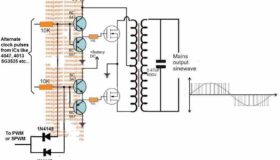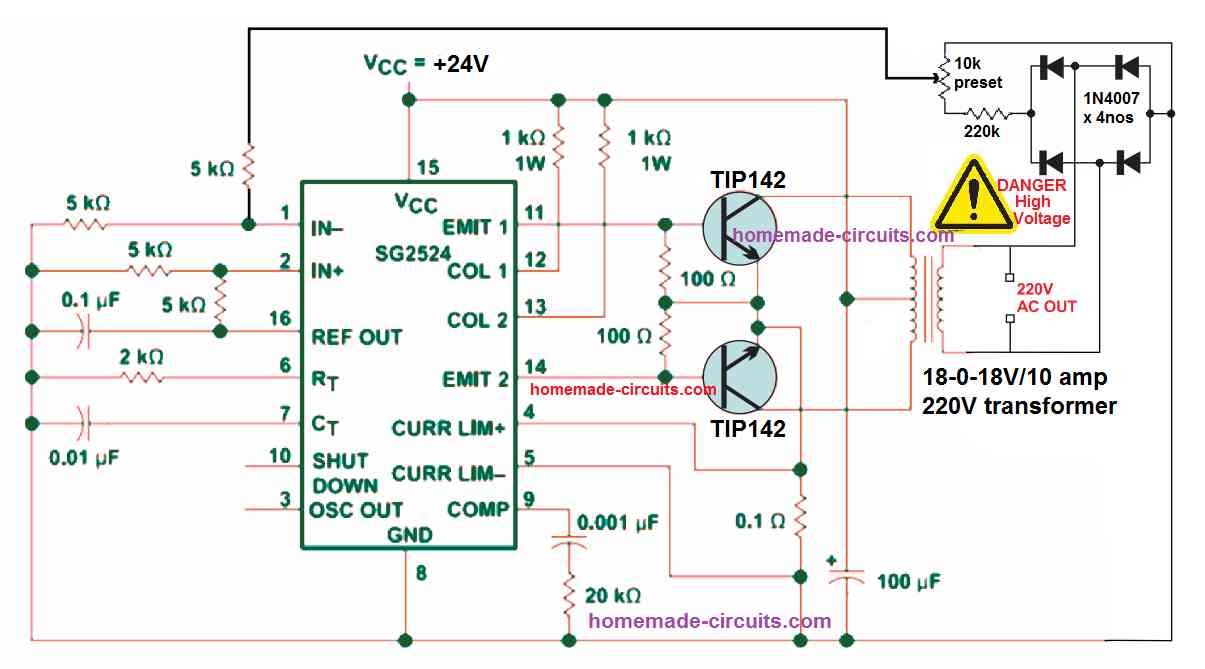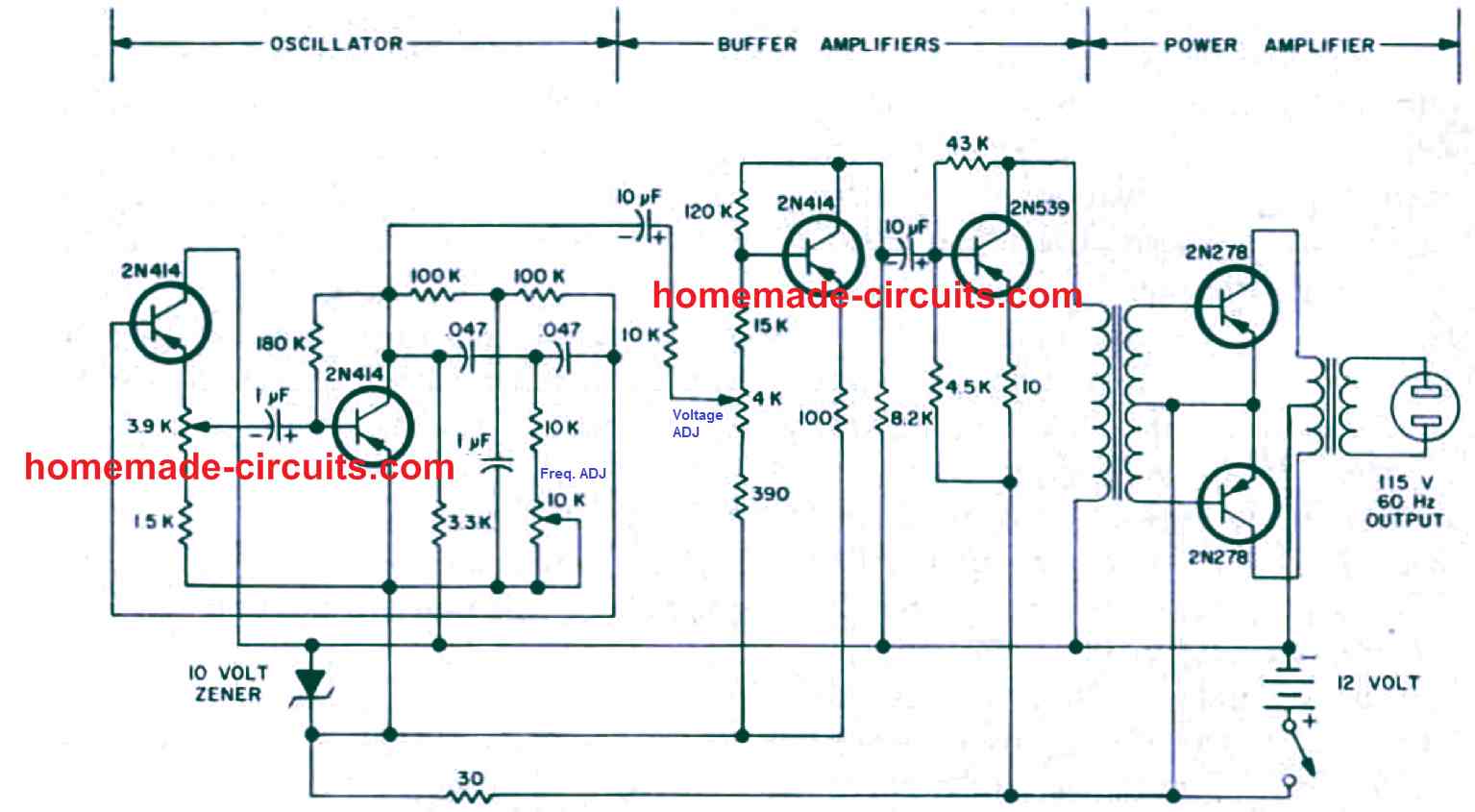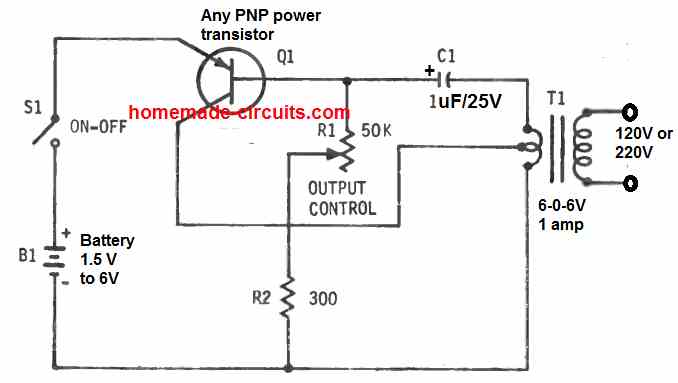In this post we’ll discuss how to convert any ordinary square wave H-bridge inverter into an almost pure sine wave inverter circuit. Basic Concept The idea is simple, just chop […]
Search Results for: inverter
Design your own Sine Wave Inverter Circuit from the Scratch [Tutorial]
In this article I will explain comprehensively regarding how to design a sine wave inverter without any form of coding or complex circuit designs. The included designs are simple yet […]
Types of Solar Panels, Solar Inverters Explained
In this article I will explain the main types of solar panels available in the market, and also discuss the different types solar inverters which are specifically compatible with these […]
Inverter Circuit with Feedback Control
In this article I will explain a couple of inverter circuits featuring an automatic feedback control for ensuring that the output does not exceed the normal specified AC output level, […]
250 Watt Pure Sine Wave Inverter Circuit
The cost and quantity of parts necessary to develop the proposed 250 watt sine wave power inverter circuit is actually much less compared to a noisy square wave switching-type inverter […]
1.5V, 3V, 6V Inverter Circuit
In this post I will explain a few miniature inverter circuits that can convert 1.5 V to 220 V or 3 V to 220 V or 6 V to 220 […]





